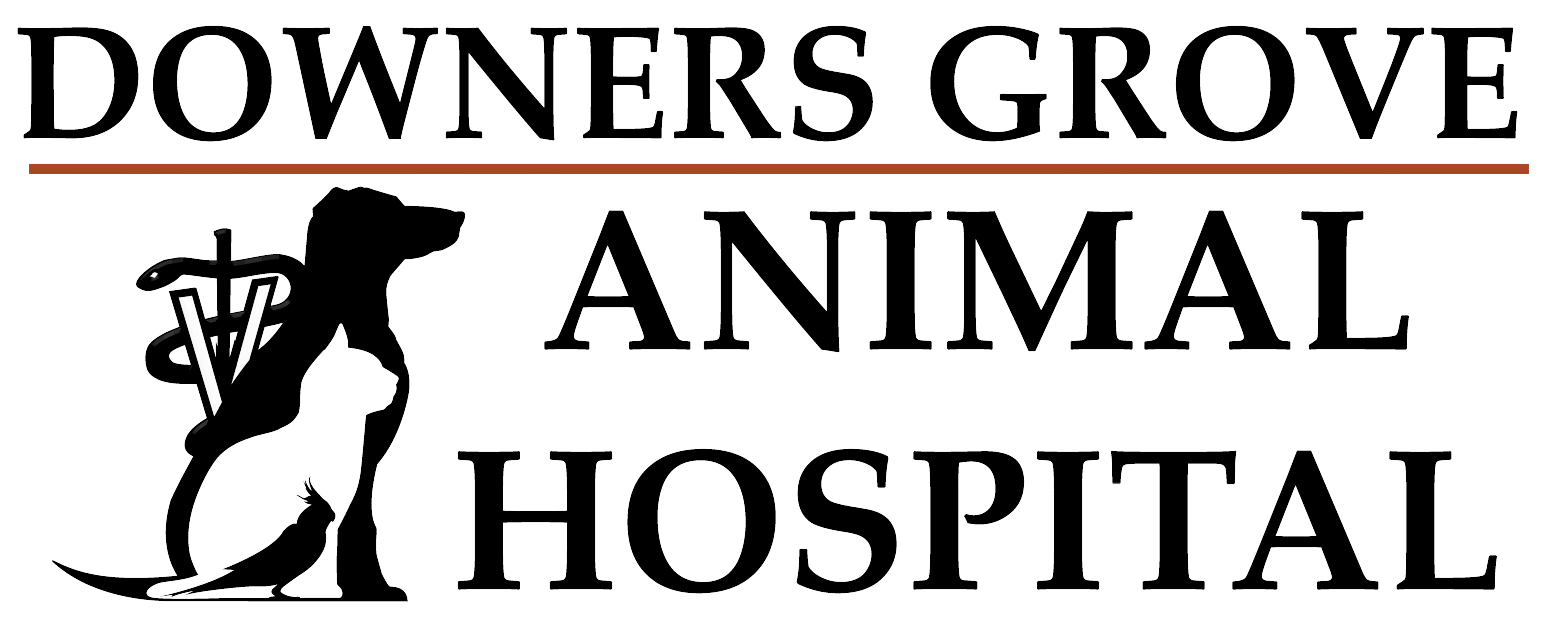Senior Cats – General Recommendations
- Keep vaccinations current.
- Brush frequently to keep hair coat from matting.
- Clip toenails as needed to prevent overgrowth.
- Keep fresh water available at all times and monitor consumption.
- Monitor urine output.
- Keep other pets from preventing this senior pet from eating or drinking.
- Keep indoors.
- Weigh on the same scale and record results at least every 2 months.
- Schedule twice yearly wellness exams with your veterinarian.
Present the pet for examination if you observe any of the following:
- Sustained, significant increase in water consumption. (More than 1.5 cups/day for the average cat).
- Sustained, significant increase in wet litter.
- Weight loss.
- Significant decrease in appetite or failure to eat for more than 2 consecutive days.
- Significant increase in appetite.
- Repeated vomiting.
- Diarrhea that lasts over 2 days.
- Difficulty in passing stool or urine or prolonged sitting in the litter box.
- Change in litter box habits, especially if inappropriate urination or defecation occurs.
- Lameness that lasts more than 2 days, or lameness in more than one leg.
- Noticeable decrease in vision, especially if sudden in onset or pupils that do not constrict in bright light.
- Masses, ulcerations (open sores), or multiple scabs on the skin that persists more than 1 week.
- Foul mouth odor or drooling that lasts more than 2 days.
- Increased size of the abdomen.
- Increasing inactivity especially increases in sleeping.
- Hair loss, especially if accompanied by scratching or if in specific areas of the body.
- Reluctance or inability to chew dry food.
